We’ll increase conversions by
20-100+%
on your website.
Get a FREE Audit today
See how we can help your business increase conversion rates
15 Effective Strategies To Increase Website Conversion Rate
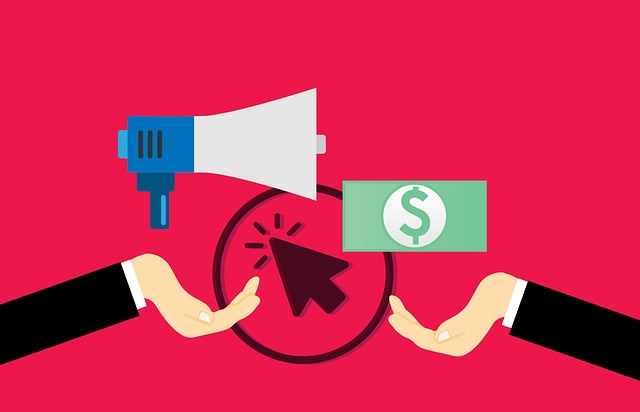
Are you tired of having a great website but not seeing the results you want? One of the most important factors to increase online success is conversion rate optimization (CRO). Simply put, CRO or conversion optimization which means turning website visitors into customers or clients.
A website with high traffic and low conversions is like a store with plenty of window shoppers but no one making purchases. In this blog post, we’ll share 15 effective strategies to boost your website conversion rate so that you can see more leads, sales, and revenue. Read on to learn how to optimize your landing pages, create compelling copy, utilize social proof and personalization, measure success and continually test for improved results!
Understanding Website Conversion Rate
Website conversion rate is the percentage of website visitors who take a desired action, such as making a purchase, filling out a form or signing up for a newsletter. It is an essential metric to measure the effectiveness of your online presence and its ability to generate revenue.
On average, website conversion rates are around 2%, which means that for every 100 visitors, only two customers can be expected. This underscores the importance of optimizing your site’s conversion rate to drive more sales and grow your business.
Improving your website’s conversion rate requires understanding your target audience and their pain points, as well as creating tailored content that speaks directly to them. A solid understanding of customer behavior enables you to create a value proposition that encourages visitors to engage with you rather than clicking away from your site.
By implementing effective strategies such as clear calls-to-action (CTAs) and improving user experience design, it becomes easier to achieve higher conversions and attract more leads.
Creating A User-Friendly Website Design
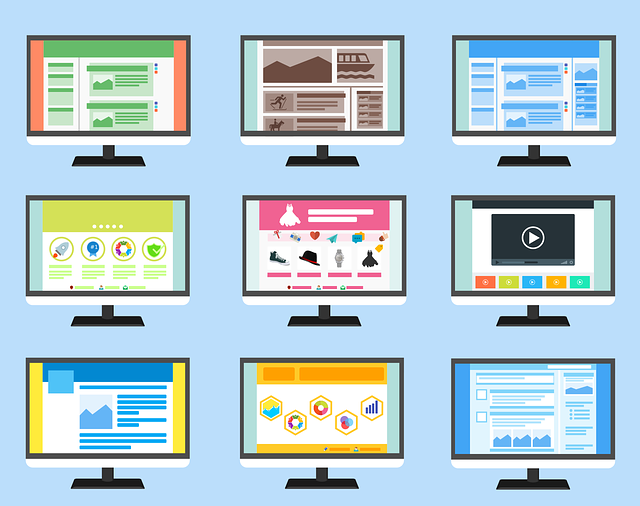
Creating a user-friendly website design is crucial for improving your website’s conversion rate. By optimizing your page speed, designing an attractive layout, enhancing navigation and ensuring mobile responsiveness, you can provide visitors with a positive experience that encourages them to stay on your site and take action. Keep reading for more tips on how to increase conversions! There are also many services and agencies that can help do this for you.
Optimize Website Speed
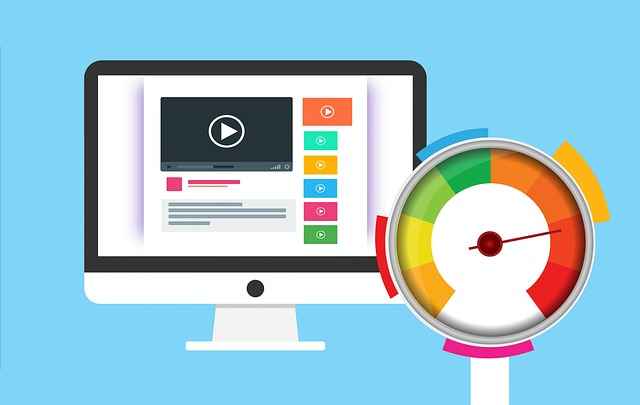
One of the most crucial components of a successful website conversion rate is having fast-loading pages. Slow websites can be frustrating for visitors and can negatively impact their user experience, potentially leading them to leave your website altogether. In fact, research shows that if your website takes too long to load, users are more likely to abandon it within seconds, resulting in missed opportunities for conversions.
To optimize your website speed and improve its loading time, you can compress images and other large files that may slow down the site. Additionally, it’s important to minimize HTTP requests by reducing the number of elements on each page and avoiding unnecessary redirects.
Incorporating tools such as caching plugins or CDNs (Content Delivery Networks) can further help reduce loading times and improve overall user experience while increasing the possibility for conversions on your site.
Create Visually Attractive Website Design

A visually attractive website design is crucial to increase website conversion rates. Users are more likely to stay longer on a site and engage with its content if the design is visually appealing. One way to optimize website design for conversions is by ensuring that it’s easy to navigate and has a simple yet modern look.
Using high-quality images, videos, or infographics can also make websites more visually engaging. Another key element of an effective design is optimizing page speed so customers won’t be deterred by long loading times. Studies show that users expect websites to load within 2 seconds or less before leaving the page altogether! By implementing these tips, you will create a user-friendly and more visually impactful experience for your audience – resulting in increased conversions odds!
Improve Website Navigation
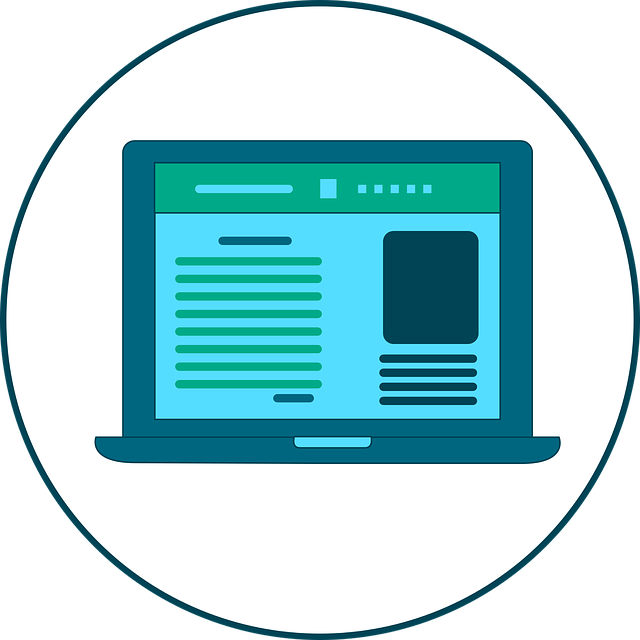
Improving website navigation is crucial for creating a user-friendly website design that can effectively increase conversion rates. When visitors can easily navigate through your site, they are more likely to stay longer and take the desired action.
By implementing intuitive menus, clear calls to action, and well-structured content, you can create a positive user experience that encourages conversions.
On the other hand, poor website navigation negatively impacts not only conversions but also time on page and SEO. Visitors become frustrated when they cannot find what they are looking for quickly or when links lead to dead ends.
This leads to high bounce rates and low engagement rates which ultimately hurt your business’s bottom line. So it’s essential to keep an eye on broken links or 404 error pages while optimizing your website’s navigation structure continuously”.
Ensure Mobile Responsiveness
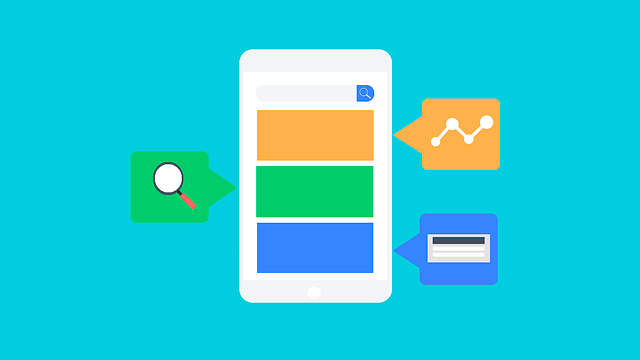
In today’s digital age, having a mobile-friendly website is no longer a luxury but a necessity. With over 52% of internet traffic coming from mobile devices, it’s crucial to ensure your website is optimized for mobile responsiveness. This means building a responsive layout that adapts to any device and screen size.
To achieve this, simplify your design by decluttering content and adopting best practices such as using clear calls to action (CTAs) and reducing load times. A slow-loading site can turn off visitors regardless of how visually appealing or informative the content may be.
By streamlining your website design with fast load times, you encourage visitors to stay engaged on-site while improving their overall experience, which in turn increases the chances of conversion.
Implementing these strategies on mobile site not only leads to better user engagement but also improves search engine rankings since Google prioritizes mobile-responsive websites when ranking search results pages.
Writing Compelling Copy And Strong Calls To Action
To boost website conversion rates, it’s important to write compelling headlines and copy that include clear and strong calls to action, create a sense of urgency, use persuasive language, and entice potential customers to take the desired action.
Write Compelling Headlines And Copy
One of the most important factors that can increase website conversions is writing compelling headlines and copy. Using power words in headlines and copy can grab attention, build interest, evoke emotions, and persuade visitors to take desired actions on your website. According to research, adding numbers or statistics in headlines can also make them more effective.
To write better website copy, it’s important to keep the audience in mind and highlight their pain points or desires. By addressing what they are looking for or what problem they want to solve, you’ll be able to create more engaging and relevant content that resonates with them.
A solid understanding of your target audience will help you craft personalized messages that speak directly to them, increasing the chances of conversion.
Include Clear And Strong Calls To Action
One of the most important strategies for boosting your website’s conversion rate is to include clear and strong calls to action (CTAs). A compelling CTA should guide visitors towards the desired action, whether it’s signing up for a newsletter, making a purchase or filling out a form. By providing easy-to-understand instructions with bold fonts, bright colors and concise language, you can encourage visitors to take the next step in their customer journey.
Another effective way to improve conversions is by creating urgency with time-sensitive CTAs. For example, using phrases like “limited time offer” or “act now” can help create a sense of scarcity and prompt visitors to act quickly.
It’s also important to make sure that your CTAs are relevant and align with your value proposition so that potential customers have a solid understanding of what they’re getting when they take action on your site. By implementing these tips, you can create an engaging user experience that encourages visitors to convert into loyal customers.
Create A Sense Of Urgency

One of the most effective ways to boost website conversion rates is by creating a sense of urgency through your calls to action. By using language that implies scarcity, such as “limited time offer” or “while supplies last,” you can prompt users to take action quickly instead of putting it off for later. According to important facts, weak calls-to-action are one of the main reasons why landing pages often fail to convert visitors into customers.
Another way to implement a sense of urgency is by integrating countdown timers into your website design. This tactic creates a visual representation of scarcity and encourages visitors to act before time runs out. For example, if you’re running an e-commerce sale, displaying a countdown timer showing when the sale will end can encourage shoppers to complete their purchase before it’s too late.
Don’t forget that traditional best practices such as attractive CTA button design, placement and copy can also help strengthen your calls-to-action – make sure your CTAs stand out on the page with bold buttons in active colors like red or orange!
Given this information above related keywords may include: conversion goals, conversion funnel, sales copy, blog post
Use Persuasive Language
Persuasion is a powerful tool when it comes to boosting website conversions. Using persuasive language in your copy can encourage potential customers to take action, whether that’s signing up for your newsletter or making a purchase. Crafting persuasive copy involves using words that evoke strong emotions and appeal to the reader’s desires.
When writing effective calls-to-action (CTAs), it’s important to use action-oriented and persuasive words that clearly communicate the desired action. Words like “now”, “immediately”, “limited time” and “exclusive” can create a sense of urgency and scarcity, encouraging readers to act quickly before an opportunity passes by.
By crafting compelling CTAs with persuasive language, you can significantly increase your website’s conversion rate and boost sales.
Utilizing Social Proof And Personalization
Social proof and personalization are powerful techniques that can significantly increase your website’s conversion rate. By incorporating customer testimonials, customized content, and offering personalized experiences, you can establish credibility with potential customers and encourage them to take desired actions. Find out more about these effective strategies by reading on!
Utilize Social Proof And Testimonials
Utilizing social proof and testimonials is a great way to establish trust and credibility with potential customers. By displaying positive feedback from actual visitors, you can encourage new users to take the desired action on your website.
In fact, research has shown that incorporating customer testimonials on a sales page can increase conversion rates by up to 34%.
Another effective way to utilize social proof is through user-generated content such as reviews or ratings. Not only does this add authenticity to your own site or brand’s image, but it also encourages visitors to engage with your site by leaving their own feedback or reviews.
Additionally, featuring logos of well-known brands or publications that have featured your business can further enhance your credibility in the eyes of potential customers.
Personalize The User Experience
Personalizing the user experience is a proven strategy for significantly improving website conversion rates. One way to do this is by offering customized content that targets specific pain points and needs of your target audience. This allows you to connect with potential customers on a more personal level, increasing the chances of them taking desired actions on your site.
Another effective approach is providing personalized experiences with incentives and promotions for conversions. By offering tailored deals based on visitor behavior, browsing history or preferences, you can make it more appealing for them to take action and complete their purchase or sign up. According to research, 53% of shoppers believe that receiving personalized discounts are an important factor in making purchasing decisions online.
Provide Personalized Experiences With Customized Content
One highly effective strategy for improving website conversion rates is providing personalized experiences with customized content. With the vast amount of information available online, it’s important to offer visitors a tailored experience that caters to their specific needs and interests. Utilizing tools like segmentation and behavioral targeting can help achieve this.
By identifying visitor demographics, behaviors, and interests, you can create personalized experiences with custom content that engages potential customers and encourages them to take action.
Research shows that 71% of consumers feel frustrated when a shopping experience is impersonal. Offering personalized experiences not only improves the customer experience but also increases the likelihood of conversions.
Offer Incentives And Promotions For Conversions
Offering incentives and promotions is a great way to encourage website visitors to convert into customers. By providing discounts, free shipping or bonuses for purchases, you can increase the perceived value of your products or services more customers. This will not only attract more potential customers but also motivate them to take action and complete their purchase.
Another effective tactic is using social proof in conjunction with offering incentives and promotions. Testimonials from satisfied customers can make a huge difference on your website and increase your conversion rate too.
In fact, according to research, displaying customer reviews can increase online sales by up to 270%. So don’t be afraid to provide coupons or other perks when requesting feedback as it adds valuable content that could persuade actual visitors towards making a decision about converting on your site.
Measuring Success And Tracking Results

Track key metrics such as bounce rates, click-through rates, and conversion rates to analyze user journey and interpret results on your website; use tools like Google Analytics and heat maps to measure user behavior.
Track Key Metrics To Analyze And Interpret Results
It’s crucial to track key metrics when analyzing your website’s conversion rate. These metrics can help you interpret the results and make informed decisions about how to improve your website’s performance. Some of the essential conversion metrics can include bounce rates, average session duration, and event tracking.
Google Analytics is a powerful tool that provides robust analytics data for websites. The platform offers various reports that businesses can use to measure their online success regularly. Google Analytics also allows businesses to set up custom goals and track user behavior with heat maps, allowing them to identify areas for improvement proactively.
Tracking these metrics ensures that businesses have a solid understanding of their website’s performance, allowing them to make data-driven decisions regarding design tweaks or marketing strategies they need in place to increase conversions further.
By monitoring key website metrics continually, businesses can optimize their sites for better conversion rates and achieve more significant business outcomes in terms of revenue growth or customer acquisition targets.
Use Tools To Measure Your Website Conversions
To measure your website’s conversion rate, it’s essential to use the right tools. Google Analytics is an excellent starting point as you can track conversions via Goals and Funnel Visualization reports.
Moreover, tools such as heat maps can help identify customer behavior on specific pages of your site. These analytical tools will give you a complete understanding of how visitors navigate through your site and where improvements need to be made.
Remember that tracking metrics like cost per acquisition (CPA), average order value (AOV), etc., provide insight that helps improve website performance. You should track these metrics daily or weekly so that you can react quickly when there are changes in user behavior — allowing for better optimization techniques!
Analyze User Behavior With Heat Maps
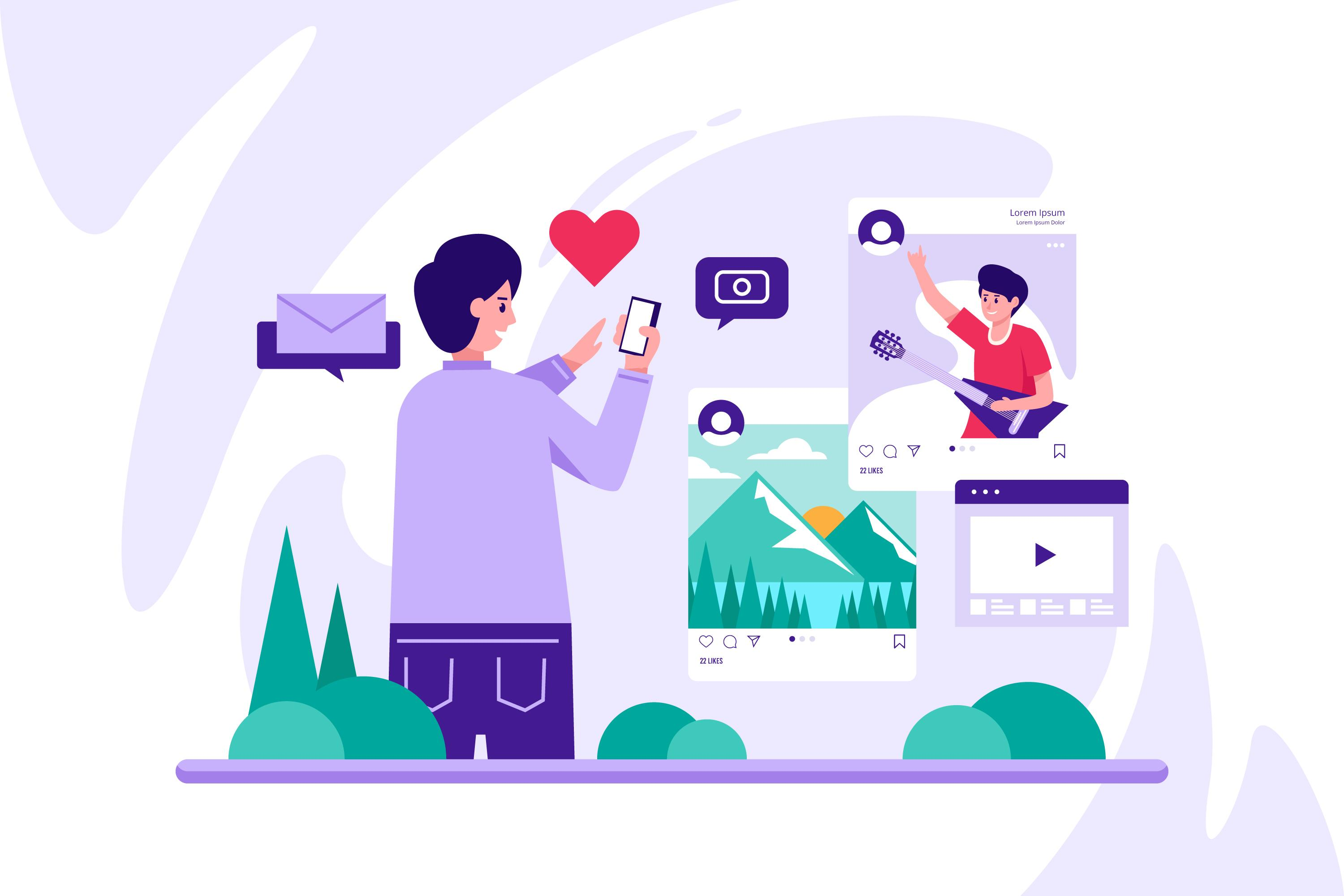
One effective way to improve your website’s conversion rate is to analyze user behavior with heat maps. Heat maps are visual representations of user activity on a webpage, showing which areas receive the most attention and engagement. By studying these heat maps, you can identify areas where users might be getting confused or frustrated and make changes accordingly.
Heat maps allow you to see how users interact with different elements on your website, such as buttons, forms, and links. You can use this information to optimize your website design by rearranging page elements or adjusting their size and placement.
Overall, analyzing user behavior with heat maps gives you valuable insights into how visitors navigate through your site and provides actionable steps for improving their experience.
Continually Test And Optimize For Better Conversion Rates
Continually testing and optimizing your website is key to improving conversion rates, including A/B testing landing page headlines, analyzing user behavior with heat maps, and optimizing forms and checkout processes.
A/B Test Landing Page Headlines
To optimize your landing page and increase conversions, consider running A/B tests on your headlines. This involves creating two versions of your landing page with different headlines and analyzing which one generates more clicks and conversions. According to Marketing Charts, over 58% of marketers currently use A/B testing for their landing pages.
Effective headline A/B testing requires a solid understanding of your target audience’s pain points and desires. Try experimenting with different value propositions in each headline to see what resonates most with potential customers. Don’t be afraid to get creative and test out catchy, attention-grabbing headlines that encourage visitors to take the desired action on your site.
Improve Your Website With Customer Feedback

Customer feedback is crucial in improving website conversion rates. Asking for feedback from your customers can help you identify pain points that may be preventing them from converting. Use tools like surveys or live chat to gather customer insights and improve your website accordingly.
It’s also important to listen to what your customers are saying about your brand on social media and review sites. Responding promptly and positively to negative reviews can turn unhappy customers into loyal ones, while positive reviews can encourage others to convert.
Implementing changes according to customer feedback not only helps increase conversions but also builds trust and loyalty with existing and potential customers. It shows that you value their opinions and take their concerns seriously, which encourages them to engage more with your brand in the future.
Optimize Forms And Checkout Process
Optimizing your website’s forms and checkout process is crucial for improving your conversion rate. Forms that are too lengthy or complicated can deter potential customers from completing the desired action, while a smooth and easy checkout process encourages visitors to make a purchase. Incorporating simple design elements like progress bars, automatic field completion, and clear labeling of required fields can greatly improve user experience.
In addition to simplifying the forms themselves, it’s important to minimize distractions during the checkout and purchasing process. Remove any unnecessary links or information that could cause visitors to leave the page without completing their purchase. By streamlining this process and making it as straightforward as possible, you’ll encourage more conversions and ultimately boost your revenue.
Use Exit-intent Popups
Exit-intent popups are a powerful tool to have in your arsenal when it comes to improving website conversion rates. These popups are designed to appear just as the user is about to leave the site, providing one last chance to engage with them and encourage them towards completing a desired action. There are over 40 different hacks that can be utilized to increase conversion rate with exit-intent popups, making them incredibly versatile for a variety of marketing campaigns.
Understanding the science behind exit-intent popups is key in leveraging their effectiveness. Not only do they provide an opportunity for customers who may have been hesitant before leaving the site, but they can also be used as an effective way to offer incentives or promotions for conversions.
In fact, there are 21 different formulas that have been proven successful for using exit-popups to increase conversion rates on ecommerce sites alone. Continually testing and optimizing these pop up top-ups is crucial for making sure they continue providing high levels of ROI while keeping up with changing customer expectations and behaviors.
Conclusion
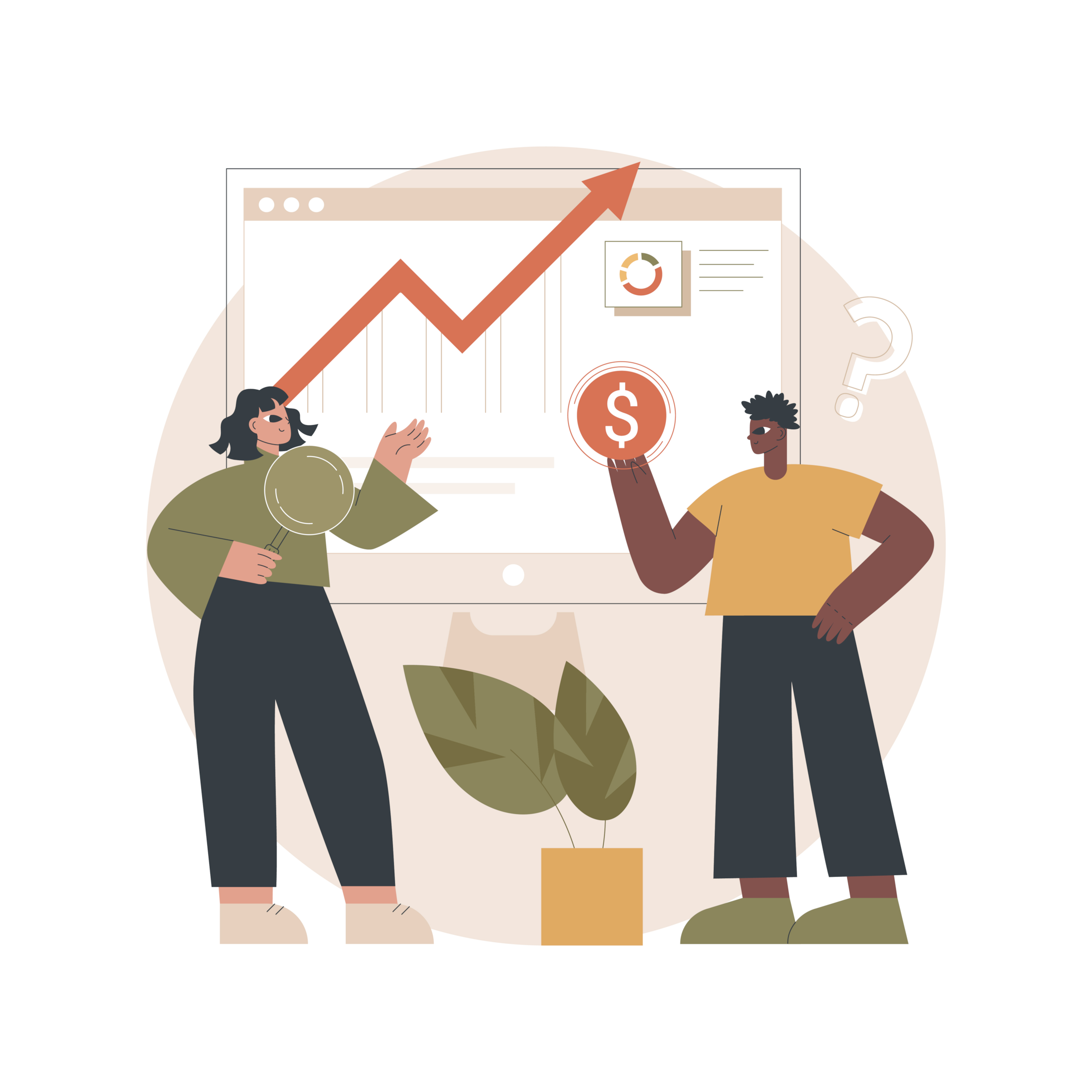
In today’s digital age, having a website is just not enough. You need to ensure that your website doesn’t just attract visitors but also converts them into potential customers. That’s why improving your website conversion rate is crucial for any business looking to grow and succeed online.
By creating a user-friendly website design, writing compelling copy with strong calls-to-action, utilizing social proof and personalization, measuring success through tracking results, and continually testing and optimizing; you can achieve higher conversion rates.
Implementing these strategies might take some effort upfront but the rewards are worth it – increased revenue, improved customer satisfaction & trust, more leads and ultimately more conversions. So don’t wait any longer! Start implementing these top conversion tips today and watch as your website’s conversion rates soar to new heights!
General Facts
1. Creating compelling headline copies is a simple way to increase website conversion rates.
2. Shortening forms, including social proof, and tracking site interactions can be effective strategies for increasing conversion rates.
3. Adding live chat and testing offers are other ways to take customer queries and boost conversion rates.
4. Pop-ups can be effective for increasing conversion rates, but their success and average conversion rate also varies.
5. Speaking directly to the audience rather than at them can improve conversion rates.
6. Understanding how visitors read online can also be a useful strategy.
7. Responsive website design is crucial for a positive customer experience for mobile users and can boost mobile conversion rates.
8. There are a variety of ways to boost conversions and improve conversion rates in digital marketing.
9. Increasing conversion rates can lead to a significant boost in revenue.
10. Conversion rates can be improved in various industries, including sales and retail.








